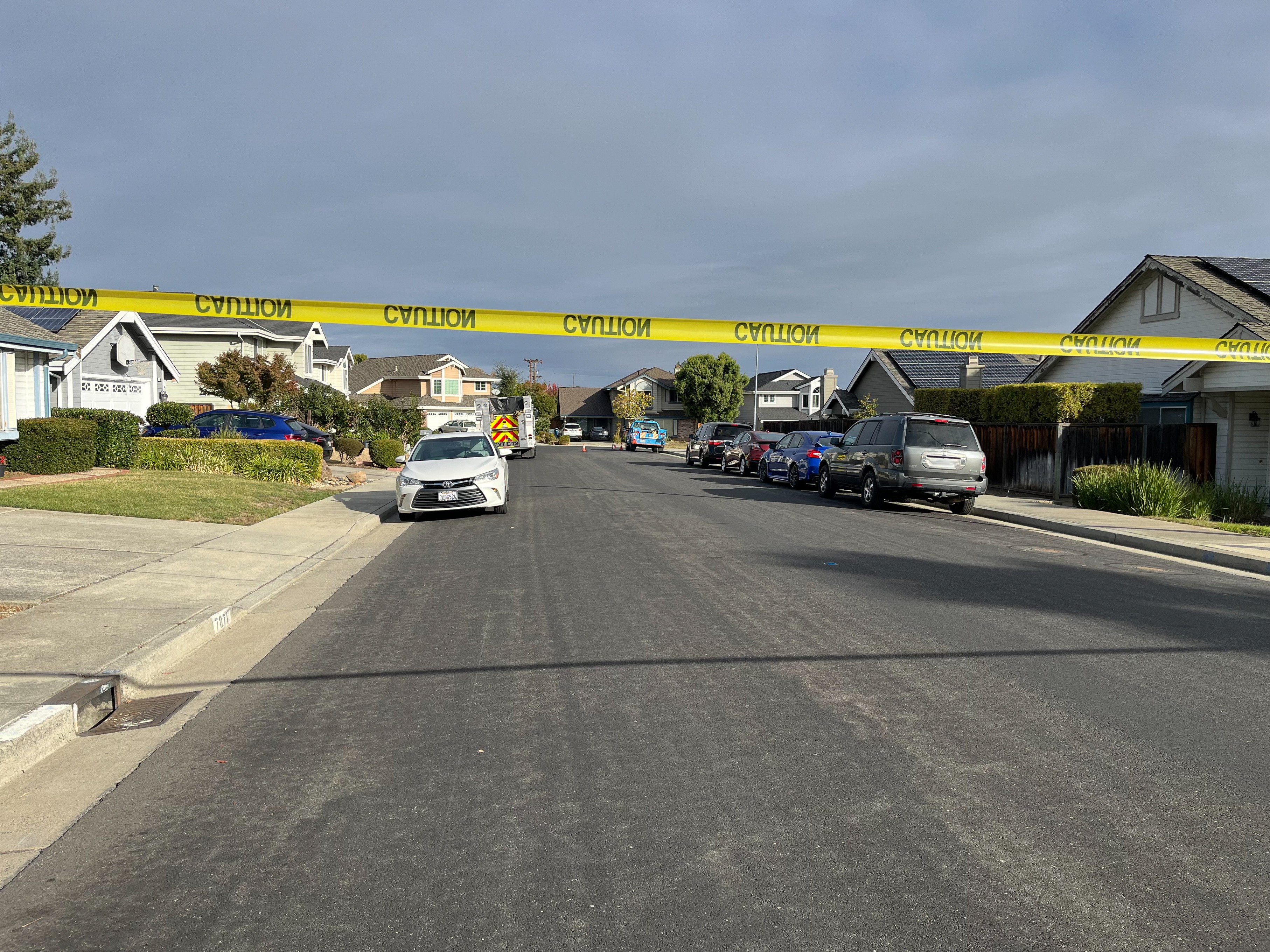We recently took you on an express lane ride-along and found Bay Area express lanes are generating significantly more revenue than originally projected. However, a portion of this income is allocated to enforcement measures aimed at addressing the thousands of drivers who choose to cut corners for a faster ride.
The different county agencies that operate express lanes, such as the Metropolitan Transportation Commission (MTC) and the San Mateo County Transit District, fund the enforcement that is managed by the Bay Area Infrastructure Financing Authority (BAIFA). They pay the California Highway Patrol for enhanced enforcement or overtime hours to specifically monitor toll lane violations.
“The CHP officers are not responsible for answering other calls, but they will stop other vehicles who are breaking the law if they observe an infraction”, said Sergeant Andrew Barclay of the CHP. The average cost of BAIFA per enforcement contact is about $124 regardless of issuing a ticket.
Drivers are seeking shortcuts to avoid tolls. From falsely claiming carpoolers to risky maneuvers to dodge fees, many motorists are bending the rules for a quicker commute. Others try to cover their license plate numbers to avoid the fee all together.
But the CHP Golden Gate Division is aware and testing different methods to catch and combat the violators—mostly the old-fashioned way. Cameras do not take photos of car occupants and drivers do not receive surprise tickets in the mail for lying about the number of occupants.
After a driver positions their FasTrack tag to display the number of passengers in their vehicle, the tags activate digital displays or beacons as the cars ride under them on the highway. The displays indicate how many occupants the driver declared: one, two, or three. CHP officers that patrol the corridor or are stationed in between center dividers watch for these signs then match the drivers’ declarations with their own observations.
Drivers that ride solo should be paying full price during hours of operations, cars with two occupants ride for half the price, and those with three occupants or more ride free.
Officer Dave LaRock shared that he typically makes three to four stops per hour in express lanes, citing various infractions. On the day our cameras joined him, he stopped three vehicles for misrepresenting the number of passengers and one for speeding on the express lane. He points out that freeway speed limits also apply to the express lane.
“Today we had a mix of the I just dropped off my family member and didn't set transponder to using the express lane as a fast lane to get home faster from a long shift overnight”, said Officer LaRock.
Get a weekly recap of the latest San Francisco Bay Area housing news. Sign up for NBC Bay Area’s Housing Deconstructed newsletter.
The issue of express lane violators is seen across the hundreds of express lane miles in the Bay Area, but officers have made more stops on certain highways.
Over the past year, Bay Area Infrastructure Financing Authority Network and Operations Committee’s data indicates a substantial number of stops for express lane violations:
- Some 2,800 stops on Highway 101,
- About 5,100 stops on Highway 680
- And more than twice as many --10,700 stops on Highway 880
So, it was no surprise that during a 30-minute ride along on Highway 880 with John Goodwin, a spokesman for MTC, we observed a different kind of express lane violation--at least three instances of illegal lane changes into or out of the HOV lanes. Sergeant Barclay emphasized that double solid white lines should be treated as barriers, reinforcing that crossing these lines is illegal.
Goodwin explained that previous attempts to implement camera systems for monitoring violations yielded mixed results.
“We tried camera systems that were offered by three different vendors, and they worked fairly well, but they were not flawless,” said Goodwin.
Although technology has potential, according to Goodwin, enforcement remains primarily focused on ensuring safety on the roads.
Recent express lane performance reports indicate that increased enforcement has led to a decrease in violations. They noted that CHP patrols staking out on the side of the freeway or in the center divider have been a major deterrent.
While fines for infractions can range from $200 to $500 depending on the type of violations and county, they said the primary goal remains safety. Sergeant Barclay noted the serious crashing dangers posed by vehicles illegally entering express lanes, especially when traffic is moving slowly in adjacent lanes.
“If traffic is stopped in regular lanes … if somebody jumps into that lane in front of a car doing 25 miles an hour, we're going to see a crash. And unfortunately, we have seen a lot of those very bad crashes”, said Sergeant Barclay.
Motorists are reminded that driving alone in the express lane is an option, provided the transponder is set correctly to reflect the intended usage.
As technology evolves, agencies said they are considering further integration of camera-based enforcement systems to enhance their monitoring capabilities.



